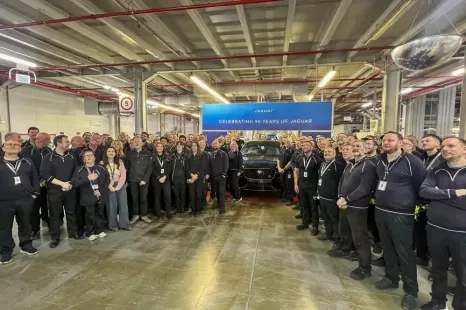

Damion Smy
Last petrol-powered Jaguar built
1 Hour Ago
BYD, Cupra, Polestar and Ineos are four new brands to watch. Why? They'll expand into Australia with new business models and distinct cars.

Senior Contributor
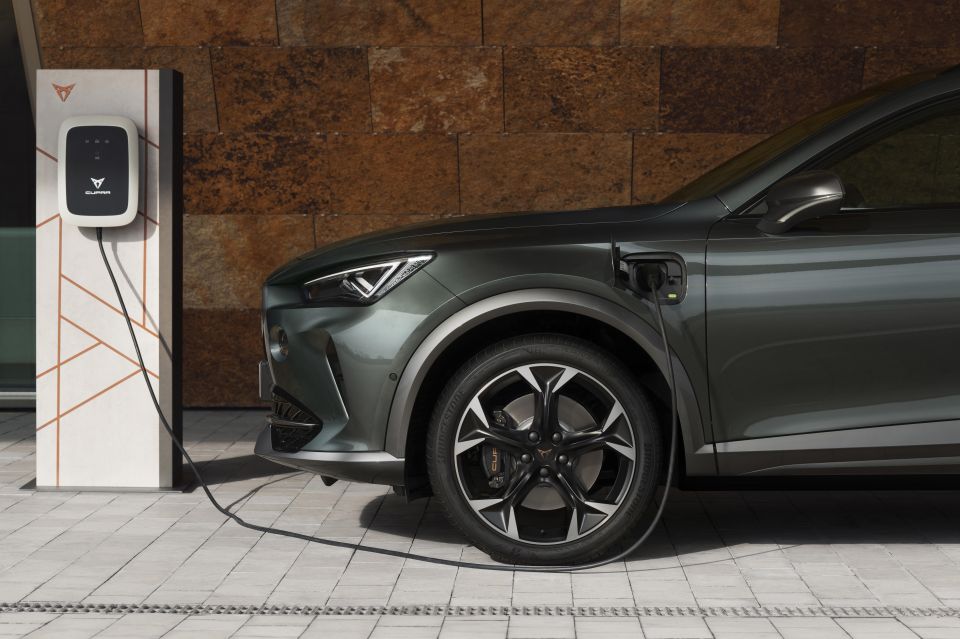

Senior Contributor
The Australian new car market is already crowded with more than 50 different brands fighting for about a million sales each year. And that’s before Toyota takes its annual 200,000+.
But that isn’t stopping more companies from overseas looking to nab their own slice of the pie.
Australia is a wealthy country with a taste for expensive cars, and its small scale means local distribution is a little easier than, for example, the U.S.
In an interesting development to those who follow the industry, not one of the all-new brands in this story use conventional car company business models.
By this, I mean none uses a network of franchise dealerships. Instead they use direct-to-customer retail or a hybrid ‘agency’ model where they own all stock and set the prices.
Whether the launch of new brands forces stragglers out – like Opel and Infiniti before them – remains to be seen. But in times of change, any company resting on its laurels is foolish.
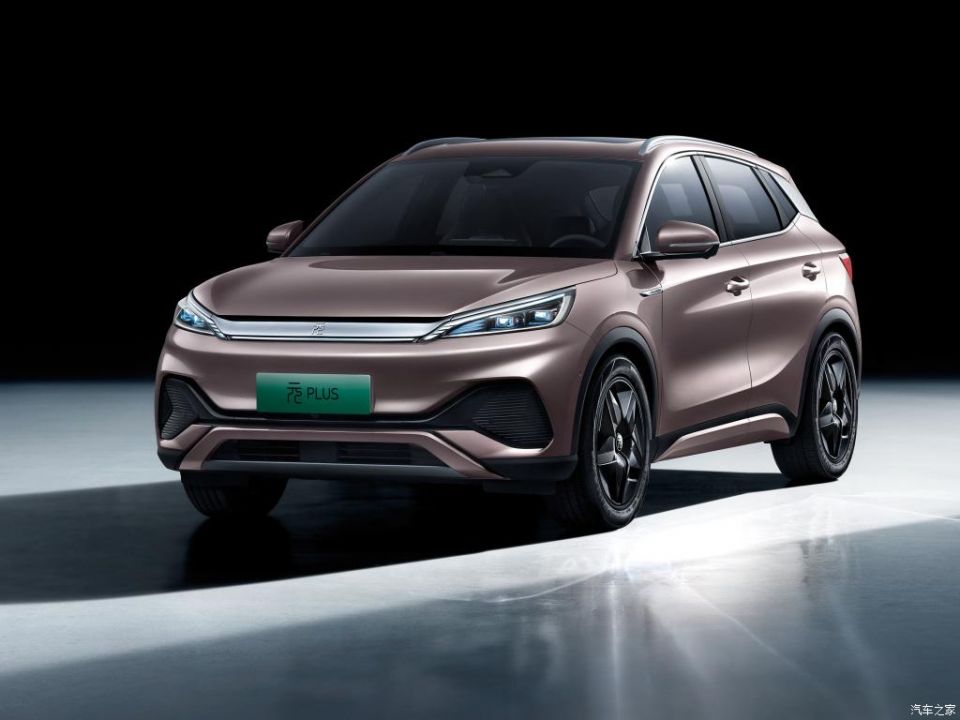
BYD is one of China’s most established electric vehicle producers, perhaps better known at this moment for its proprietary batteries, and EV buses and taxis.
However the company – backed by Warren Buffett no less – has much bigger global aspirations with a range of zero-emission passenger cars. It’s also poised to sell its batteries to Tesla.
It’s cut a deal with an Australian distributor called Nexport, which is itself part of the well-funded TrueGreen group focused on green tech.
Nexport will sell a whole range of electric cars through a website called evdirect.com.au.
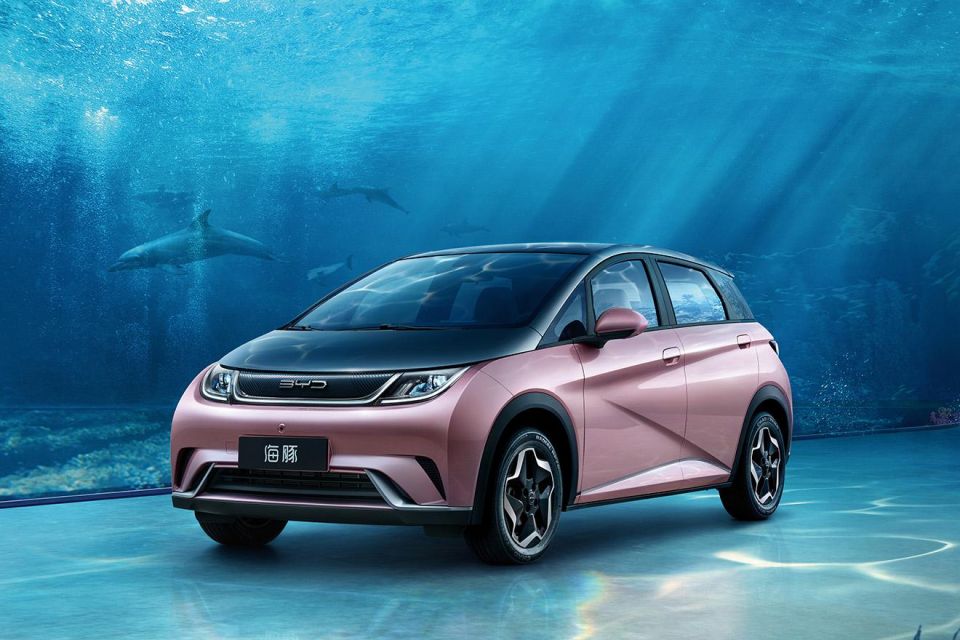
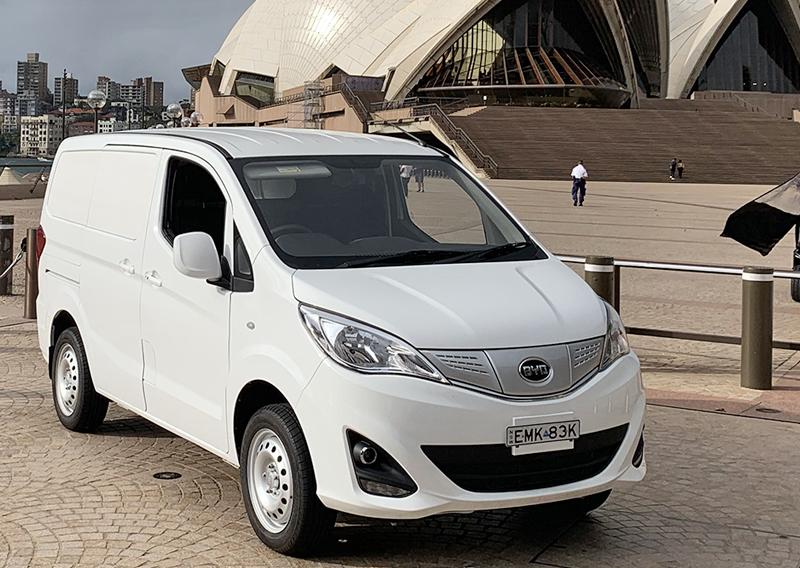
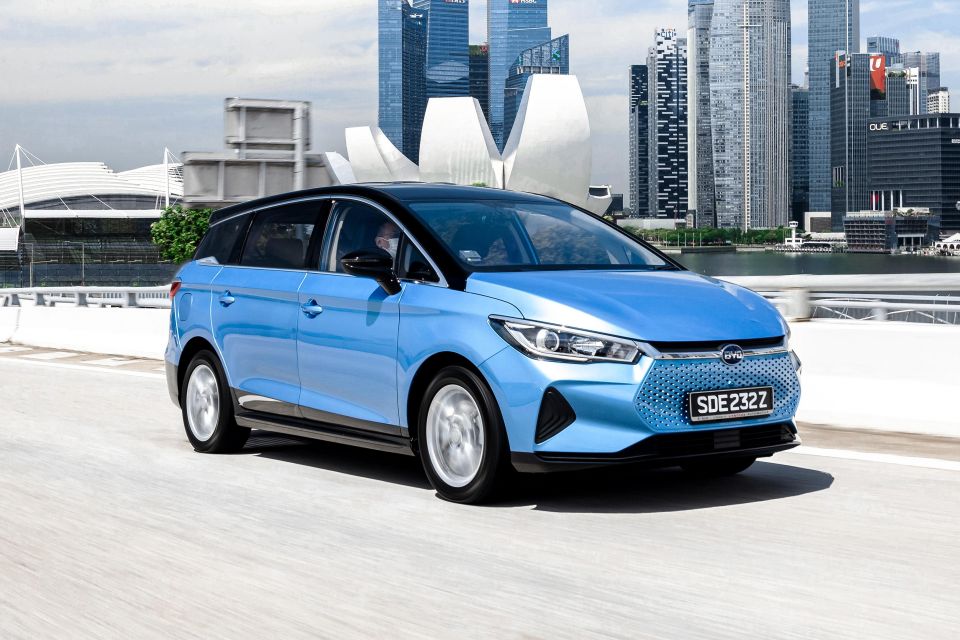
It’s already selling the BYD T3 EV van and E6 people-mover, but will properly bed down in 2022 when it launches the EA1 hatchback and Yuan Plus SUV.
Both of these models are expected to be cheaper than the current lowest-cost EV on sale: the also-Chinese MG ZS EV.
To give some sense of what BYD wants to become, consider the BYD Ocean-X concept revealed in September.
This vehicle uses BYD’s ‘e-platform 3.0’ designed just for EVs, with its own operating system, new heat pump technology, 800V fast-charging, and a maximum 1000km range depending on battery capacity.
MORE: BYD Yuan Plus electric SUV locked in for Australia MORE: BYD T3 van becomes Australia’s cheapest electric car MORE: Electric 2022 BYD E6 set for local launch with $40k list price
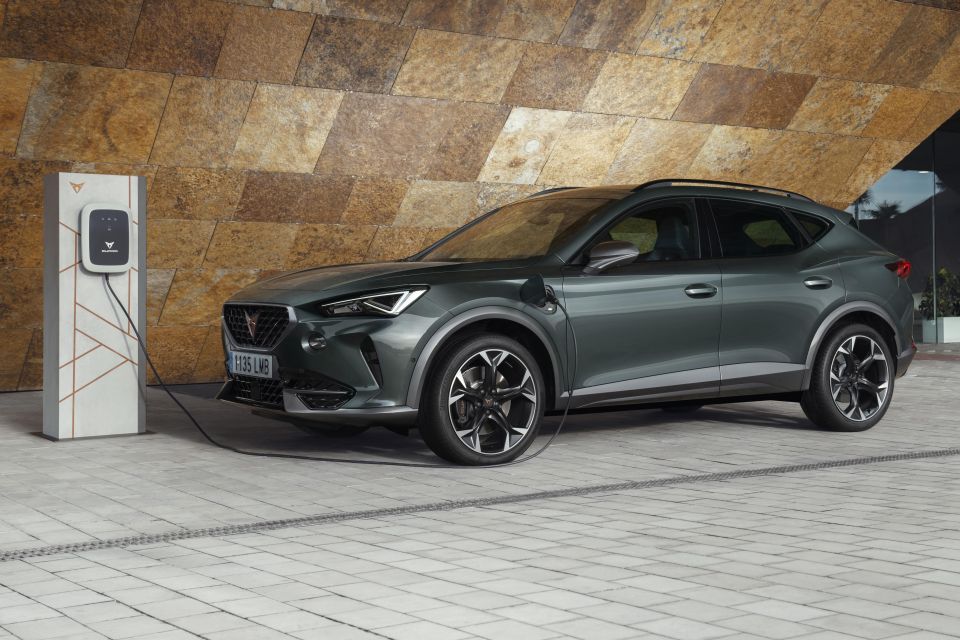
Cupra began life as a brand spun-off from SEAT, Volkswagen’s Spanish division (in the same way Skoda is its Czech company).
When it launches during 2022, it’ll have three models called Leon, Ateca and Formentor (the first two are hotted-up SEATs, the latter a standalone model) and a broad range of engines on offer, including plug-in hybrids.
Pure-electric cars will follow, led by the Born which will beat its Volkswagen ID.3 sibling to this market.
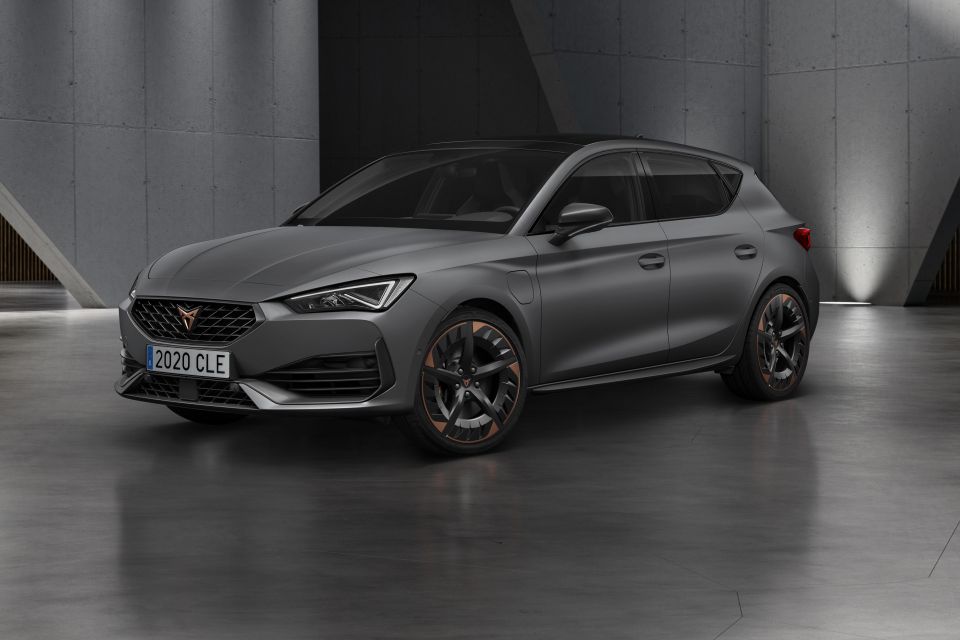
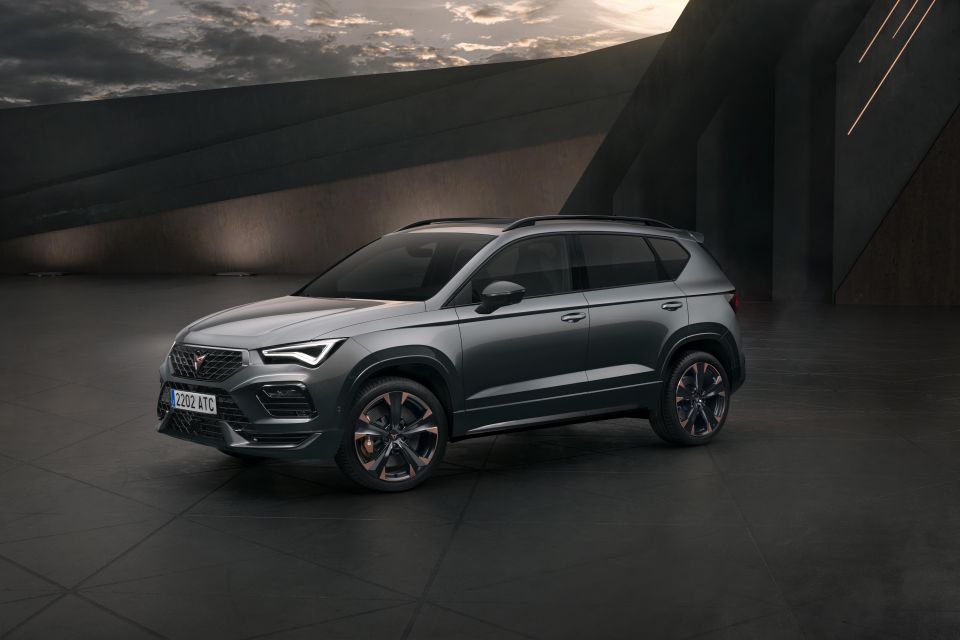
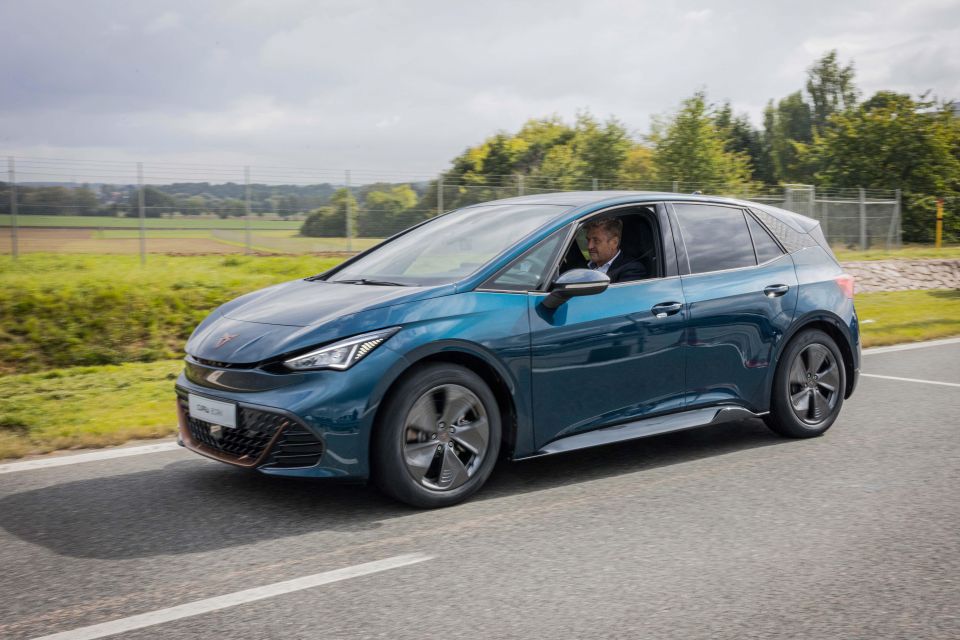
Cupra is also promising to sell its cars direct-to-consumer rather than through a dealer network, and offer a high-level digital environment.
“With the type of market we have here and its orientation towards performance cars, and towards design, Australia stands out as being the right place that you’d start this,” brand director for Cupra Australia Ben Wilks told CarExpert recently.
“We have a very strong mix, if I look in the brands of the Volkswagen Group, towards performance cars – particularly in the price segment we’re going to operate in. It makes perfect sense for the Cupra brand to look to Australia.”
MORE: Q&A with Ben Wilks, Cupra Australia brand director MORE: Cupra Born electric car locked in for Australia MORE: Cupra reveals Australian model range

Upstart Polestar will launch its first electric car in Australia in January 2022, a few months later than planned but at an aggressive starting price below $60,000 to match the Tesla Model 3.
Beyond the Polestar 2, the company is preparing the Polestar 3 SUV, Polestar 4 crossover, and Polestar 5 grand tourer by 2024.
Polestar is a four-year old Volvo Cars and Geely Holding joint-venture “electric performance car brand” poised to go public on the NASDAQ with a $27.5 billion valuation. It’s on sale in much of Europe, the U.S, and China already.

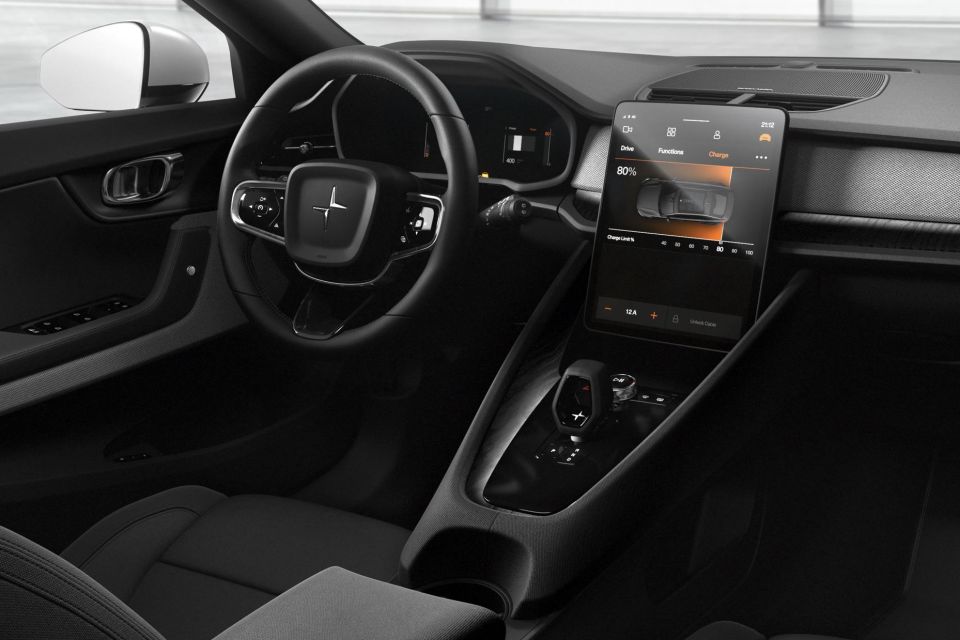
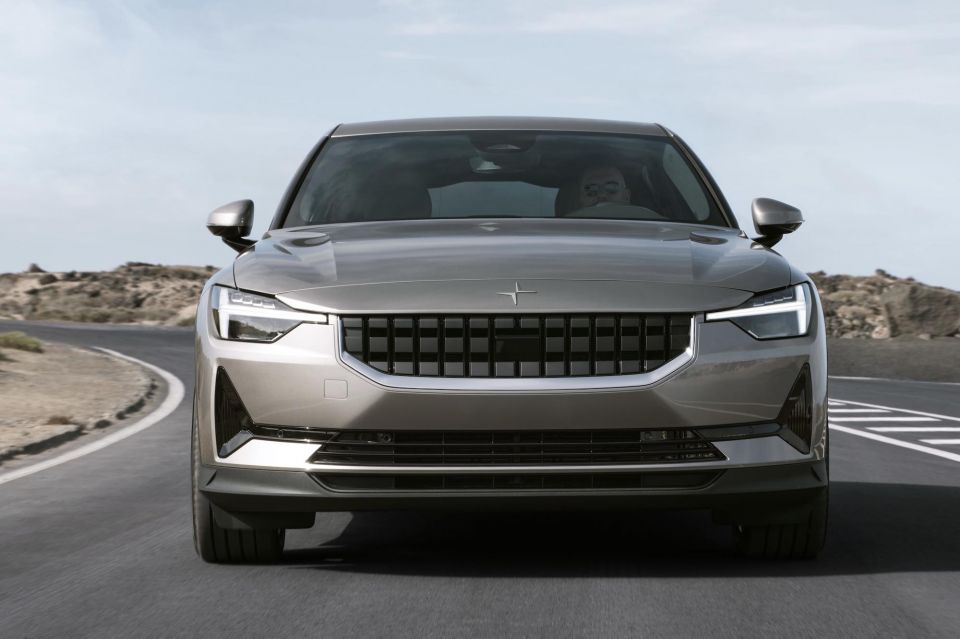
It intends to further shake up the landscape with direct-to-consumer online sales supported by physical stores and test-drive centres in “cities around Australia”, and furthermore intends to tap into Volvo’s dealers for servicing needs.
Like the Model 3, Australian examples of the Polestar 2 will be produced in China. Not all Polestar models will be built in China, however, with the upcoming Polestar 3 set to roll down the production line at Volvo’s US factory in Ridgeville, South Carolina.
Nevertheless the Swedish connection is strong. HQ is in Gothenburg, and global CEO is former Volvo Cars design chief Thomas Ingenlath. Polestar Australia’s managing director Samantha Johnson was a director at Volvo Australia.
In 2020 the company sold 10,000 cars across the world. It’s planning to sell roughly 290,000 per year by 2025. Quite a scale-up…
MORE: Polestar 2 v Tesla Model 3 – $60,000 electric car specs compared MORE: Polestar 2 electric car priced to challenge Tesla Model 3 and Ioniq 5 MORE: Polestar going public, valued around $27 billion
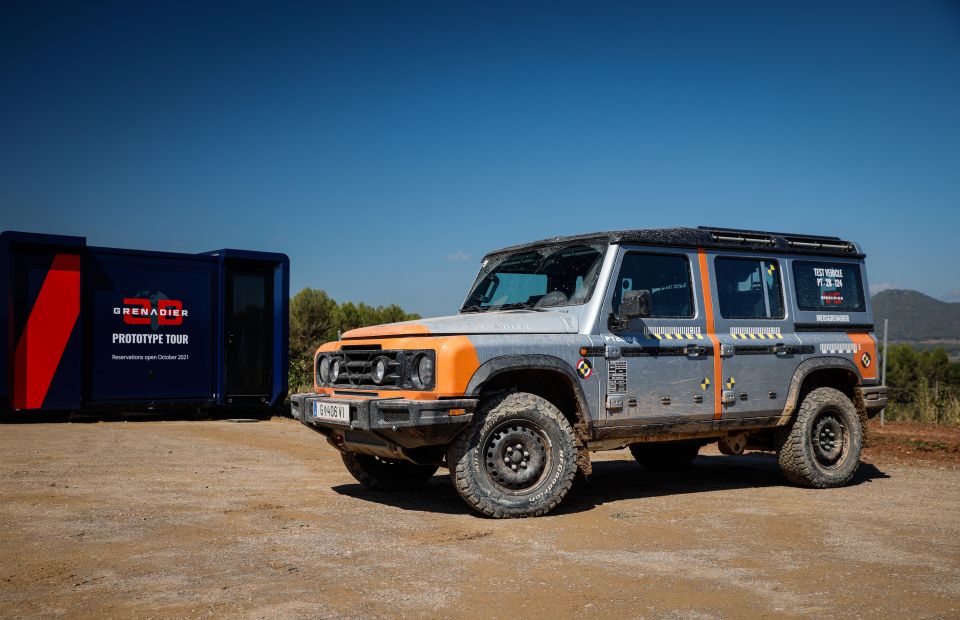
The Ineos Grenadier due late 2022 may be a clean-sheet, bespoke hardcore 4×4 from a new brand, but its expected starting price looks reasonable considering its competitors.
The Grenadier project is the brainchild of Sir Jim Ratcliffe, the British billionaire engineer and chairman of multinational petrochemical giant Ineos.
The official story says that Ratcliffe was hanging out in London’s Grenadier pub in 2017, bemoaning Land Rover’s decision to kill the old Defender and replace it with the more modern and luxurious new SUV model.
Production commences in France – at a former Daimler/Smart plant – in the third quarter of 2022 and first deliveries to Aussie customers are expected to arrive a few months later before the end of next year.
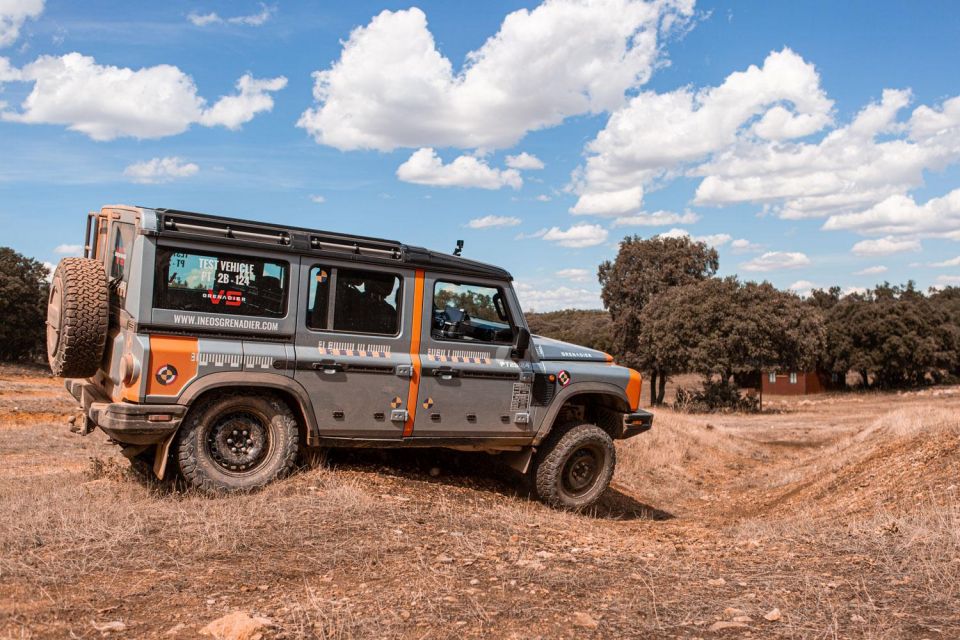
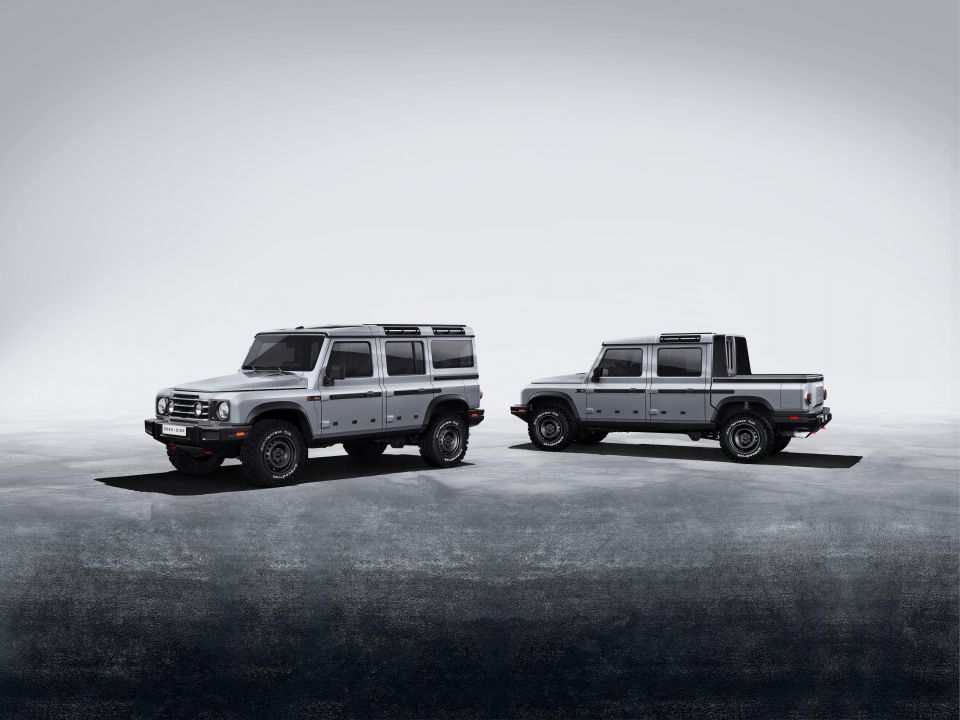

Ineos Automotive (Australia) Pty Ltd will be a factory-backed operation rather than an independent licensed distributor.
It will establish a network of franchise dealers and service centres, but use an agency model – meaning it will own all its new and demo stock until the customer takes delivery, which means set prices and access to national inventory from anywhere.
Ineos has also cut a deal with various Bosch Service Centres in remote areas. These mechanics will get training and the same access to parts and data as an official Ineos agent in bigger population centres.
On the parts front, those who want to work on their own vehicles will also be able to get technical support from Ineos HQ, and access to online interactive 3D workshop manuals and parts catalogues.
MORE: Ineos plans to support independent mechanics and the 4×4 aftermarket MORE: How’s the Ineos Grenadier 4×4’s development tracking? MORE: Yes, the Ineos Grenadier ute will come to Australia


Damion Smy
1 Hour Ago
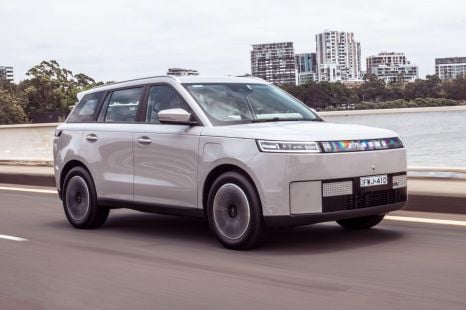

Josh Nevett
3 Hours Ago


Josh Nevett
3 Hours Ago
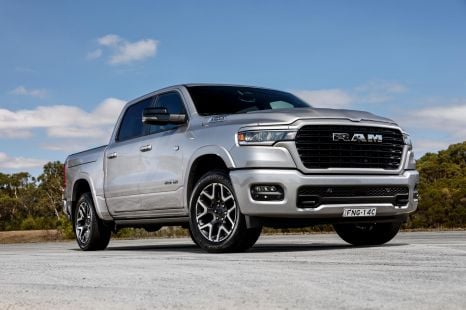

Damion Smy
4 Hours Ago
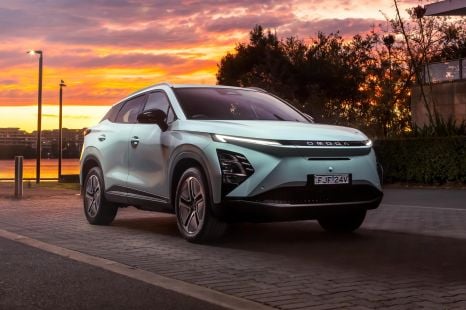

CarExpert.com.au
4 Hours Ago
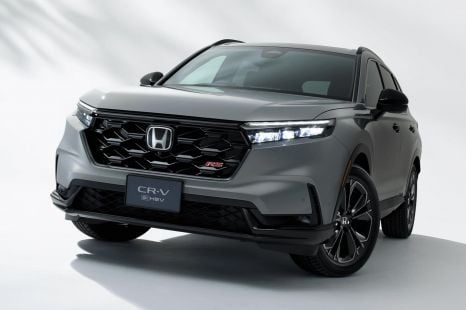

James Wong
5 Hours Ago